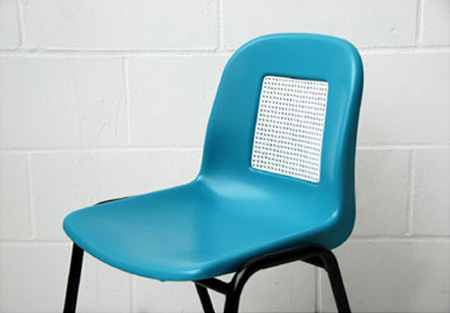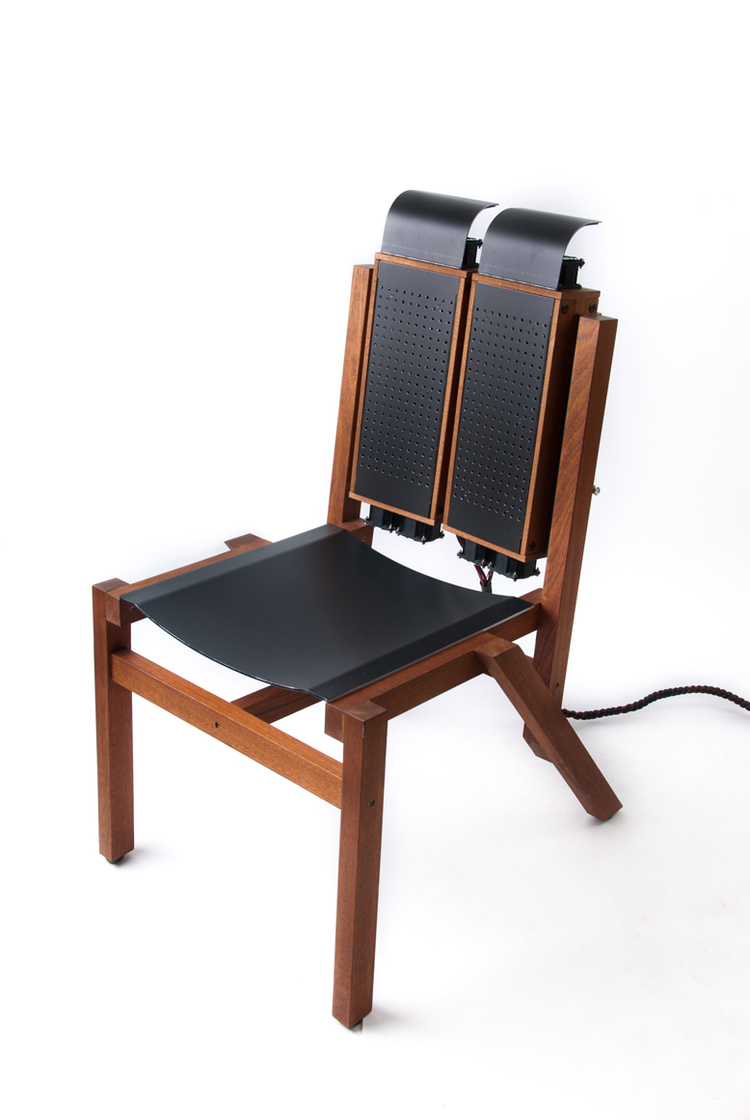“You don’t see with the eyes. You see with the brain” Paul Bach-y-Rita, Science News Online 1 Sept, 2001; vol. 169, no. 9
Paul Bach-y-Rita was one of the first neuroscientists to study the idea of Neuroplasticity. He did a number of experiments on sensory substitution, developed the idea of “Brain Port” in 1998. This interface uses a camera to feed an image to an electrode array placed on the tongue. Blind patients were able to see using the tongue. And a chair, the back of which is packed with solenoids, the camera feeds an image to these. After time and with training the user is able to sense images, at first basic shapes, and with more time can sense more detail such as greys or depth in the image. He also used accelerometers to help stroke victims regain a sense of balance. After using this device the patients showed improvement after its use and some were eventually cured. [See also my post on augmented senses]
It’s interesting to see how these ideas have been revisited by designers. Beta Tank developed Mind Chair, ‘a chair that transmits moving imagery to the sitter’s brain via a grid of solenoids on the chair back’ built into a beautifully crafted from wood. I prefer this earlier 2008 version using a school like plastic chair.

The Mind Chair describes a possible application of the sensory substitution technique developed by Dr Paul Bach-y-Rita in the late 1960s in which moving imagery is perceived in the mind via nerves in the skin rather than the eyes.
